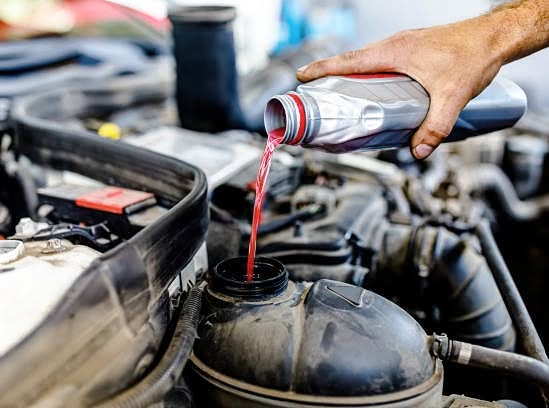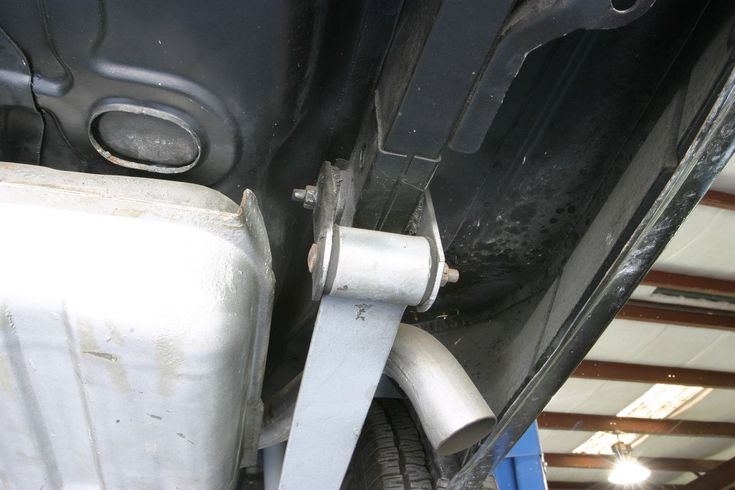Articles & Advices
Discover our library of in-depth articles and valuable advice

Step-by-Step Guide to Checking Your Coolant Level
by Write
Regular attention to your vehicle’s coolant system is essential for maintaining engine longevity, consistent performance, and passenger safety. The coolant—often a mix of antifreeze and water—helps regulate engine temperature, preventing both overheating and freeze damage. By learning how to accurately gauge coolant levels, identify signs of contamination, and understand proper refill techniques, you can address issues before they escalate into costly repairs. The steps outlined below will help guide you through the process, ensuring that your vehicle runs smoothly and efficiently.

How Frequently Should You Change Your Coolant?
by Write
Maintaining your vehicle goes beyond regular washes and refueling. The cooling system plays a pivotal role in ensuring your engine runs smoothly and avoids expensive repairs. A critical element of this system is the coolant, also known as antifreeze, which helps regulate your engine's temperature under various conditions.

Antifreeze Buying Guide: How to Choose the Perfect Coolant
by Write
Every vehicle equipped with an internal combustion engine relies on a robust cooling system to maintain optimal operating temperatures. Central to this system is antifreeze, a specialized liquid that enhances heat transfer, prevents corrosion, and safeguards against freezing conditions. Ensuring you select the appropriate coolant is essential for maintaining engine health and avoiding costly repairs.
All articles

Power Steering Pump Failure: Symptoms, Causes, and Replacement Costs
by Write
Regular maintenance is a crucial aspect of vehicle ownership, ensuring longevity and performance while managing costs effectively. Adhering to a consistent maintenance schedule can prevent minor issues from escalating into significant and costly repairs. One common concern among drivers is the potential expense associated with replacing a power steering pump. While it is a vital component of your vehicle's steering system, replacing it does not typically break the bank compared to other major repairs.

Step-by-Step Guide to Replacing Ball Joints
by Write
Ball joints are critical components of your vehicle’s suspension system, ensuring stability and smooth handling. Over time, these joints can wear out, necessitating replacement to maintain optimal vehicle performance.

Steering Knuckle Explained: Key Functions and Importance
by Write
The steering knuckle is a critical component within a vehicle's steering and suspension system. Often overlooked due to its integration with other parts, the steering knuckle plays a pivotal role in ensuring smooth and controlled vehicle movement. Understanding its function, signs of wear, and maintenance requirements can help in preventing more significant issues down the line.

Everything You Need to Know About Sway Bars
by Write
Sway bars, also known as anti-roll bars, are critical components of a vehicle's suspension system. They play a significant role in maintaining stability by keeping the wheels firmly on the ground during turns and over uneven terrain. While most vehicles come equipped with sway bars, their function can vary based on the vehicle's design and intended use. Fundamentally, sway bars help mitigate the leaning, or sway, that occurs when a vehicle corners or navigates obstacles.

Understanding Control Arms: Functions and Common Symptoms of Failure
by Write
The suspension and steering systems are fundamental to your vehicle's performance and safety. These components work together to ensure a smooth ride, maintain tire contact with the road, and provide precise handling. When parts of these systems malfunction, the consequences can range from an uncomfortable driving experience to complete loss of vehicle control. In severe cases, a failing suspension system can render your vehicle undrivable.

Signs Your Leaf Springs Need Replacement: How to Check
by Write
Your vehicle's suspension system plays a crucial role in ensuring a smooth and safe driving experience. Among the various components, leaf springs are fundamental in maintaining vehicle stability and handling. Recognizing when these springs are failing is essential to prevent further damage and ensure your vehicle operates efficiently. This guide provides comprehensive insights into identifying bad leaf springs, understanding their function, and exploring effective solutions.

Step-by-Step Guide to Replacing an Outer Tie Rod End
by Write
The outer tie ends play a pivotal role in your vehicle's steering system, linking the steering gear to the wheels. They facilitate both horizontal and vertical movement, ensuring your wheels align with your steering inputs. Maintaining the integrity of these components is essential for safe vehicle operation. Over time, wear and tear can compromise their functionality, leading to diminished steering responsiveness and increased tire wear. If neglected, a failed tie rod end can result in a complete loss of steering control, posing significant safety risks.

Lug Bolts vs. Lug Nuts: Key Differences Explained
by Write
When securing wheels to a vehicle, two primary fasteners are utilized: lug bolts and lug nuts. While both serve the essential function of attaching the wheel to the hub, they operate differently and are suited to various vehicle designs. Grasping the distinctions between these fasteners is vital for ensuring optimal performance and safety.

How to Choose the Correct Lug Nut Size for Your Vehicle
by Write
When it comes to vehicle upkeep and customization, every detail counts. One such detail is the size of the lug nuts that secure your wheels. Selecting the wrong lug nut size can lead to various issues, ranging from minor inconveniences to significant safety hazards. Understanding how to choose the appropriate lug nut size is essential for maintaining your vehicle's integrity and ensuring a smooth driving experience.